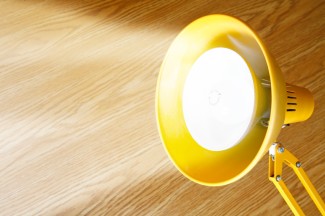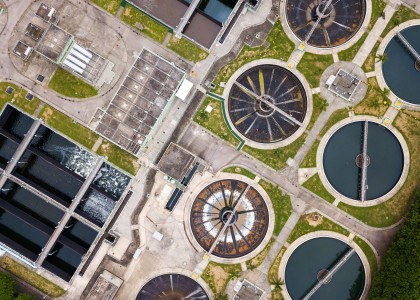As households ramp up air conditioners to stay cool this summer, many will find themselves with higher energy bills. Paying these bills will be easier for some than for others. Low-income households, who spend on average three times more of their income on energy bills than other households, will undoubtedly find it more difficult to adjust to higher bills in both the summer and winter months.
Many households can address high energy burdens by taking advantage of energy efficiency programs run by their utilities. These programs provide multiple benefits beyond energy and bill savings, such as fewer shut offs, healthier homes, less outdoor pollution, and more local jobs.
To better understand the scope and reach of low-income energy efficiency programs, ACEEE completed a new baseline assessment of the electric and natural gas programs that specifically target low-income households in the largest US cities. The assessment complements previous ACEEE research that explored best practice elements for low-income utility programs. This paper examines total investments in these programs, energy savings impacts, customer participation, and utilization of best practices for more than 70 utilities’ low-income programs. The paper also includes data tables that chronicle this information for each utility.
Mapping out our findings: widespread programs but room for improvement
In this study, we looked at the largest electric and natural gas utility serving each of the 51 largest metropolitan statistical areas (MSAs). Overall, we found that nearly all MSAs in the country were served by either an electric or electric and natural gas low-income utility program, with 61% of the cities served by both an electric and natural gas low-income program, as seen in the map below. Note: these programs are in addition to those funded through the federal Weatherization Assistance Program (WAP).
Low-income programs varied in terms of how deeply they address whole-home energy efficiency needs and how accessible they were to customers. Although numerous utilities incorporate best practice elements of program design—such as including appliance upgrades and health and safety measures—many can include more of these elements. We also looked at best practices in implementation, including whether programs target specific households based on energy burden or other vulnerabilities, streamline enrollment for easier access, and partner with WAP to leverage funds and reach more customers.
How to use this data
This study found that while many utilities design and administer impressive, effective low-income programs, many programs could be improved with best practice elements or increased resources.
For example, utilities can use the data to see how their programs compare to those of similar utilities and to identify opportunities for adding best practice elements. State and local policymakers as well as other stakeholders can use the data to compare their local utility programs to programs nationally, and they can identify program elements to either include or improve in future program design and implementation.
We also added this new dataset to our ACEEE policy database, which for the first time contains information on low-income programs from our baseline assessment. The database includes new state-level information on low-income program requirements, cost-effectiveness rules, and coordination with the WAP program.
If you have questions about our new research or would like more information or access to the data cited, please contact Ariel Drehobl at adrehobl@aceee.org.



